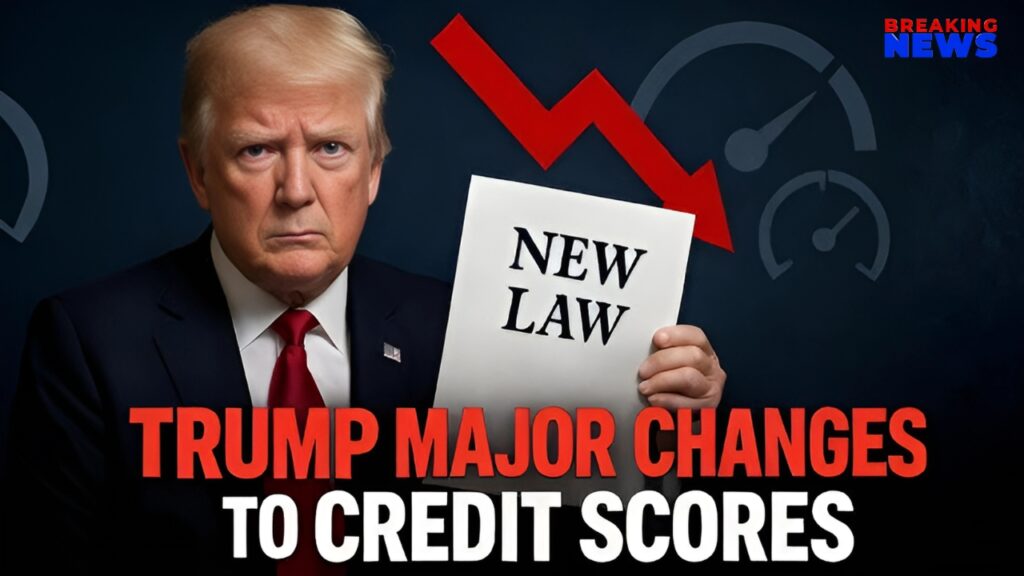
Student loans impact millions of people’s lives, from first-time students to those paying off years after graduation. In 2025, new federal student loan rules have brought major shifts for both current and future borrowers. Here’s a straightforward guide to what’s changed, what you need to know, and how to make smart decisions for your financial future.
For grad students overall, for context, overall, they will be allowed to borrow $100,020. That’s replacing the old ceiling, which was around $138,070. So it’s a pretty big difference. For Parent PLUS borrowers, they will be limited to $65,060 in total per child.
Big Changes: What’s New for Borrowers?
Easier Repayment Options Ahead
The new rules simplify repayment plans, aiming for clearer terms and lower monthly payments for many.
Many borrowers may see capped payments based directly on income, with more generous definitions of income for struggling borrowers.
Some forgiveness programs have become more accessible, with shorter timelines.
Relief for Existing Borrowers
Current borrowers benefit from changes that allow for recalculation of payments and potentially earlier forgiveness.
For those in public service, options for qualifying have broadened, and errors from previous paperwork are being addressed so more people actually get forgiveness.
Direct Impact on Future Borrowers
If you’re taking out student loans after 2025, you’ll face a streamlined process with updated information about interest rates and repayment options before you decide.
Loan limits and disclosures are now clearer so students and families can plan ahead.
Who Benefits Most from These Changes?
Borrowers with lower incomes who struggle with monthly bills may have payments dropped further.
Public service employees, like teachers and nurses, may find forgiveness easier to earn.
Anyone confused by the old array of repayment and forgiveness options should find things much easier to follow now.
What Does This Mean for the Average Borrower?
Life with student loans is complicated, but the 2025 rules aim to make it a little easier. People stuck in endless repayment cycles now have a more reliable path out of debt. If you relied on federal programs or worried about eligibility, there’s a good chance errors or delays that once blocked your relief are being fixed now.
Key things to keep in mind:
Lower, income-driven payments help many avoid default.
More access equals more people actually earning forgiveness.
Shorter pathways benefit those who’ve made years of payments already.
Comparing Student Loan Schemes
| Feature | Previous Scheme | New 2025 Scheme |
|---|---|---|
| Repayment Plan Complexity | Multiple, confusing options | Streamlined, fewer options |
| Income-Driven Payments | Limited and strict | Looser, more generous caps |
| Forgiveness Program Access | Errors blocked many, slow | Expanded, more automatic |
| Public Service Loan Forgiveness | Strict qualifying rules | Broader definitions, easier |
| Information & Transparency | Often unclear for borrowers | Improved disclosures upfront |
| Support for Struggling Borrowers | Default rate high | Proactive support, lower risk |
| Timeline to Forgiveness | Up to 20-25 years | Some programs now shorter |
Frequently Asked Questions
Q1: Will my current monthly payment change automatically?
A: Many borrowers will see updates, but check your loan servicer’s website or contact them to confirm.
Q2: Do these changes forgive all student debt?
A: No. The rules make forgiveness more accessible but do not erase everyone’s debt.
Q3: Can I switch to the new repayment plans if I’m already paying off loans?
A: Yes, in most cases, you can enroll in the new options even if you’re currently repaying student loans.
Tips for Borrowers Navigating the New Rules
Take Action Soon
Log in to your loan account and review your repayment plan.
See if you qualify for the new, lower payment or shorter forgiveness period.
Public service workers: Double-check your payments, as old errors may now be corrected automatically.
Seek Trusted Resources
Use the official federal student aid site for updates.
Watch for direct emails or mail from your loan servicer about how rules affect you.
Consider the Long-Term
If you’re starting college, compare borrowing under the new rules to alternatives like grants, scholarships, or work-study.
Remember that these changes could reduce total debt but don’t replace careful planning.
A Real-World Perspective
You’re not just a number to the student loan system — these changes are designed to help families, recent grads, and long-time borrowers alike. For people juggling jobs and families while managing debt, the new rules finally provide some breathing room and reduce the red tape that’s blocked relief in the past. If you’re in public service, a teacher, a nurse, or anyone who devotes time to your community, it should be easier to have your commitment recognized through actual debt relief.
Big News: Trump Accounts’ Offer $1,010 Bonus for Every Newborn in the U.S.